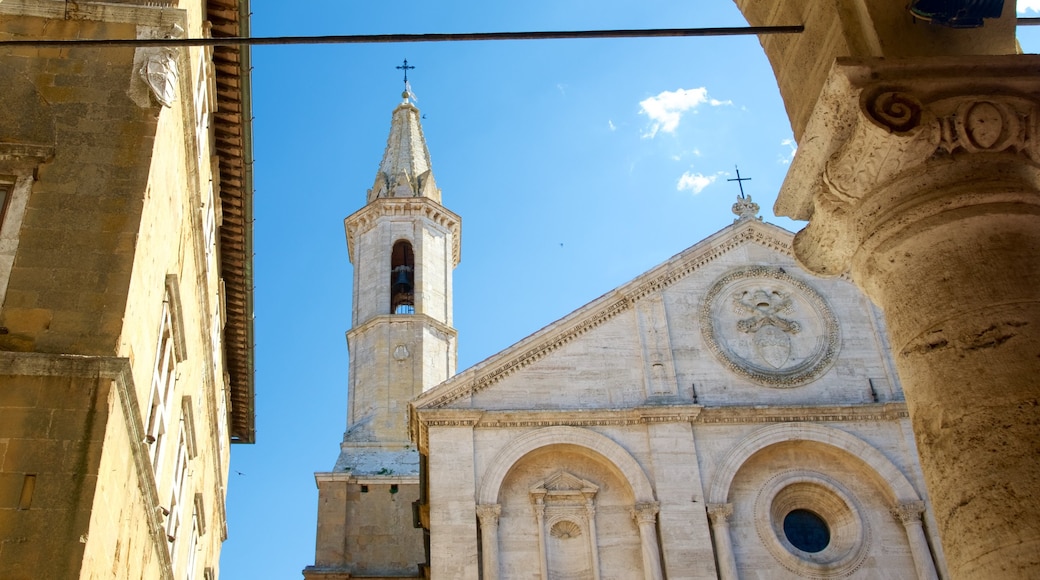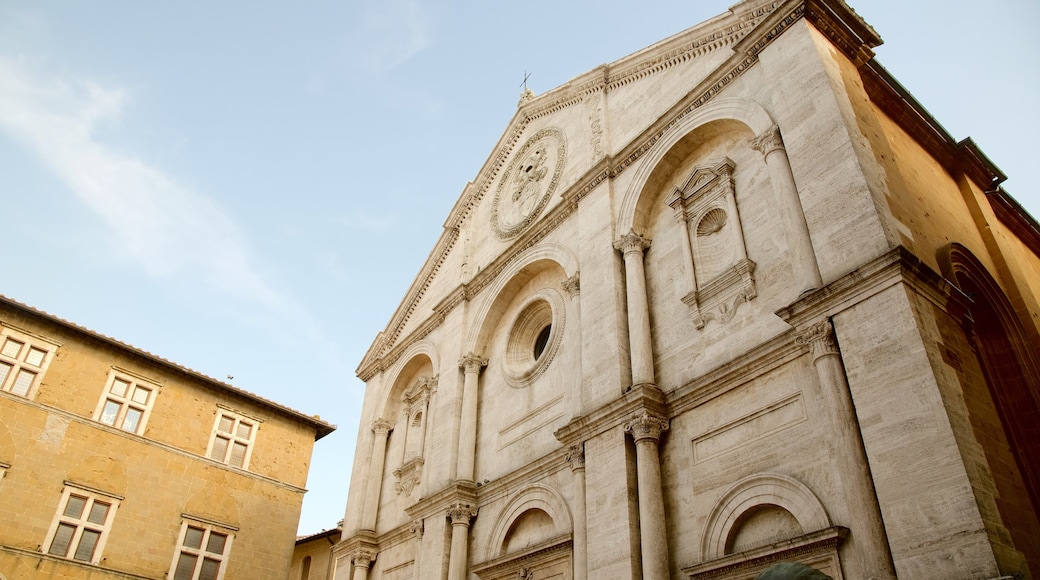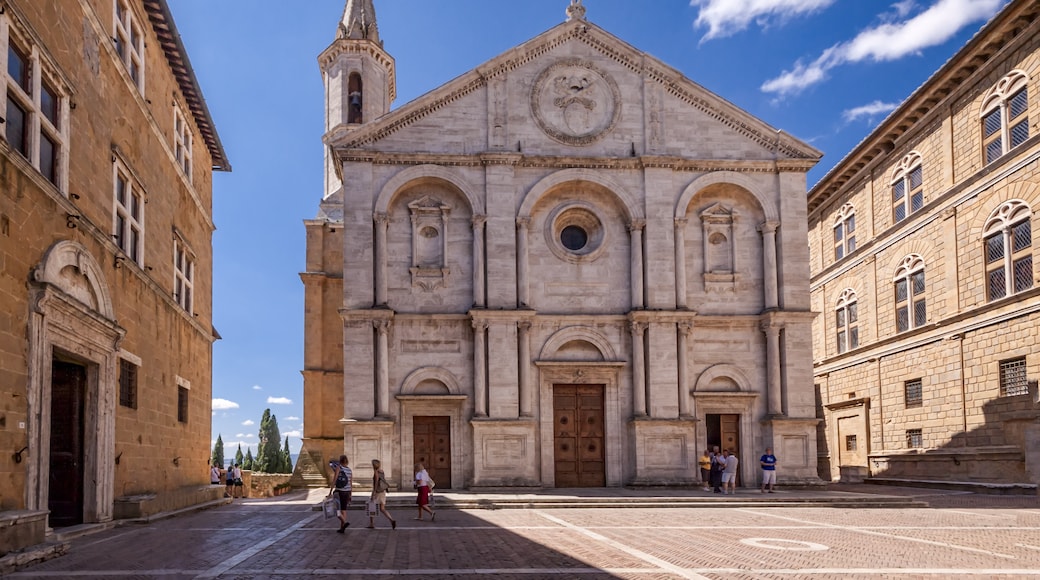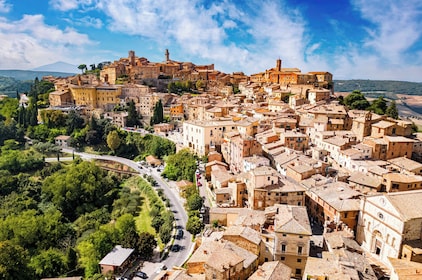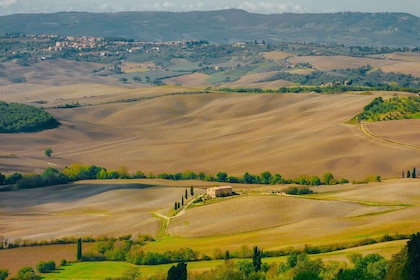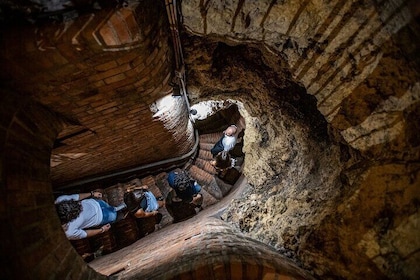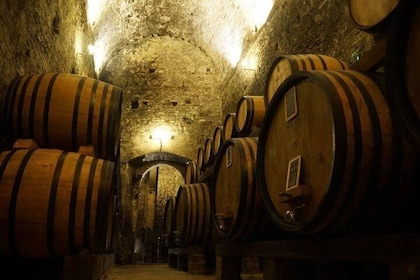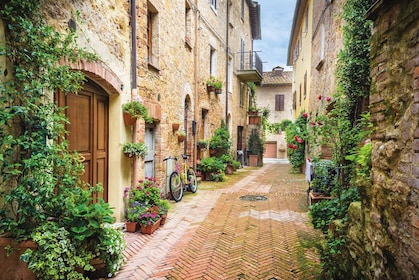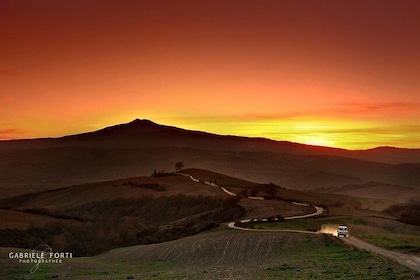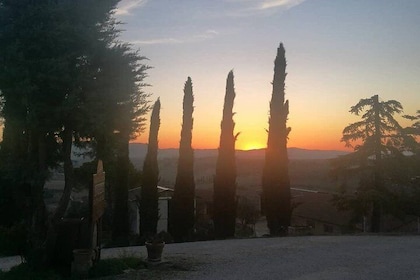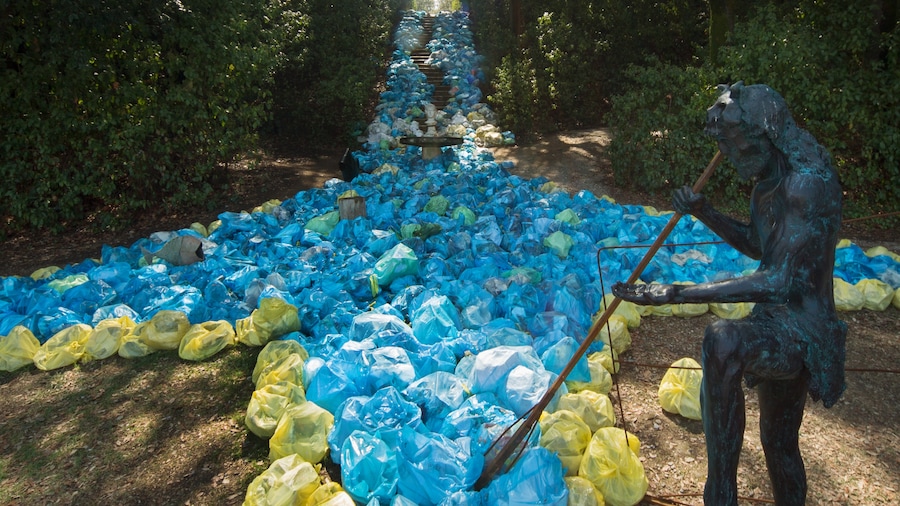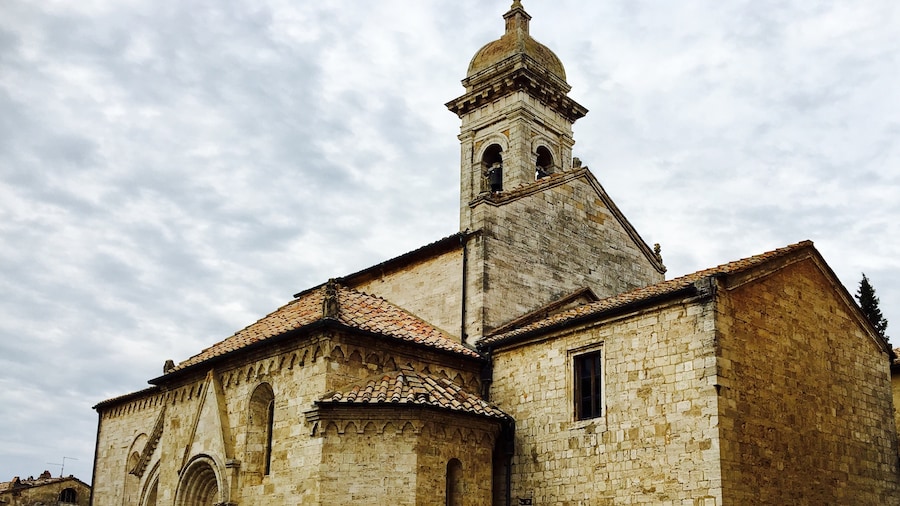Admire the arresting Renaissance façade and the interior Gothic décor of this 15th-century cathedral commissioned by Pope Pius II.
The Cathedral of Pienza (Pienza Duomo) is a magnificent religious monument set at the heart of Pienza. It’s one of the landmarks that make up the town’s purposely planned Renaissance townscape. Pope Pius II ordered the construction of the Cathedral of Pienza in 1459. It was built by the Italian architect Bernardo Rossellino, who was also responsible for several other architecturally impressive buildings in Pienza’s historic center.
The cathedral’s Renaissance exterior features a number of pioneering architectural aspects. Among these are the arch-linked columns and pilasters that adorn the travertine frontage. Note the double sloping roof and the tall bell tower, rebuilt in 1570 following earthquake damage over 20 years before.
Look up at the gable, embossed with the cinque lune (five moons), the coat of arms of the Piccolomini family. This was the family of Pope Pius II. The cathedral’s side walls have large Gothic-style windows, which allow daylight to bathe the interior in natural light.
Step inside to discover a rigorous Gothic church layout with a nave flanked by two aisles. Rows of columns, crowned by artistic capitals, separate the nave from the aisles. See a statue of Pius II dressed in his papal shoulder cape. Keep watch for multiple instances of the Piccolomini coat of arms such as in the choir stalls.
Take a moment to appreciate the collection of paintings by artists that trained at the Sienese School. Those represented include Giovanni di Paolo and Lorenzo Vecchietta.
The Cathedral of Pienza is open daily and admission is free. It’s an active church so dress appropriately and be respectful of worshippers when visiting.
The cathedral dominates the south side of Piazza Pio II, Pienza’s central square. On the square’s west side is Palazzo Piccolomini, the one-time residence of the Piccolomini family. Pick up an audio guide and take a self-guided tour of the palace’s rooms and garden, which affords views of the green Tuscan countryside. Opposite the palace is Palazzo Borgia, home to the art exhibitions of the Diocesan Museum.
